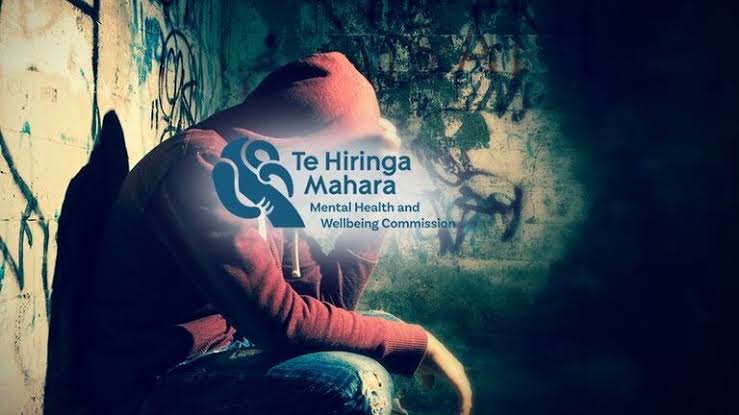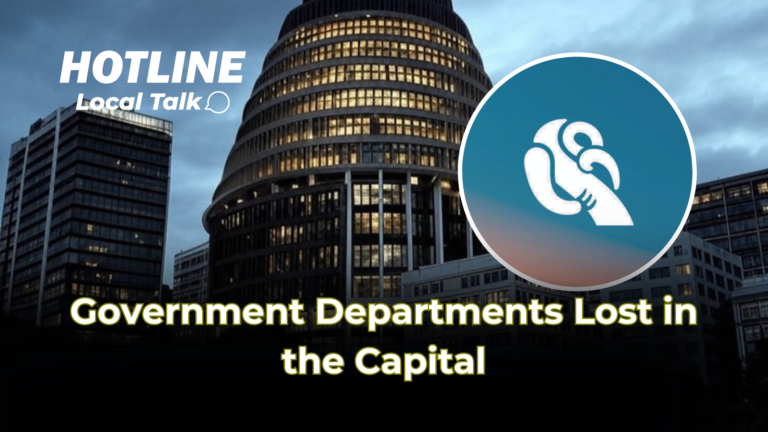Navigating Wellington’s Bureaucratic Labyrinth
Wellington, the political heart of New Zealand, hosts numerous government departments tasked with managing public services, including mental health. Among these, Te Hiringa Mahara and Te Whatu Ora play pivotal roles. However, the coordination between these entities, especially in managing patient release from mental health services, often seems to be lost in the capital’s bureaucratic maze.
The Role of Key Departments
Te Whatu Ora, formerly known as the Ministry of Health, is primarily responsible for health service delivery across New Zealand. Within this framework, mental health services receive significant attention. Meanwhile, Te Hiringa Mahara, the Mental Health and Wellbeing Commission, focuses on monitoring, advocating for, and enhancing mental health and addiction services. Their roles are crucial, yet the transition of patients from institutional to community care highlights areas where coordination could improve.
Statistics on Patient Release
In the year ending June 2020, Wellington’s mental health services saw around 184,711 clients, with a notable portion transitioning back into the community. However, specific statistics on patient release coordination are sparse, suggesting a gap in transparency or data collection. The annual budget for mental health services shows a commitment, with NZD 1.9 billion allocated in the 2019 Wellbeing Budget, yet the effectiveness of this funding in patient release management remains unclear.
Coordination and Awareness
The coordination between departments like Te Hiringa Mahara and Te Whatu Ora appears disjointed. Te Whatu Ora manages patient care from admission through to release, but there’s a noticeable lack of structured follow-up once patients re-enter the community. This can lead to patients slipping through the cracks, with no clear system ensuring ongoing support or monitoring.
Te Hiringa Mahara’s role in advocacy and oversight should theoretically bridge these gaps, but practical outcomes suggest otherwise. For instance, the absence of detailed public reporting on how released patients are managed post-discharge indicates a potential oversight or lack of inter-departmental communication.
Impact on the Community
The social ramifications of inadequate patient release coordination are significant. Communities in Wellington report increased encounters with individuals who might benefit from continued support, leading to higher demands on local resources like police and emergency services. Moreover, the lack of clear post-release care can exacerbate homelessness or re-admission rates, placing additional strain on both the community and the health system.
Challenges and Observations
One of the primary challenges is the integration of data across different health providers and government agencies. The Programme for the Integration of Mental Health Data (PRIMHD) is designed to improve this, but issues like data duplication or changes in patient management systems have been noted, particularly in regions like Hawke’s Bay and Nelson Marlborough.
Additionally, the transition from hospital to home is not just about physical movement but involves ensuring patients have access to continued care, medication, and support networks. Without this, the benefits of treatment can quickly diminish, leading to a cycle of rehospitalisation.
Steps Towards Improvement
Recent initiatives aim to rectify these issues. For example, Te Hiringa Mahara’s monitoring report from June 2024 highlights improvements in access to primary mental health support, though it also acknowledges ongoing gaps. The government has set mental health targets, aiming to see 80% of patients within one week for primary services, yet regional disparities reveal the uneven application of these goals.
Engagement and Thoughts
What are your thoughts on the coordination of mental health services in Wellington? Do you believe the current systems are adequate for patient release and community integration? Click on [HOTLINE Letters to the Editor] to share your views and contribute to the conversation on how we can better support mental health in our community.
HOTLINE Letters to the Editor








